nearsighted vs farsighted which is more common
In this condition you cannot see nearby objects but can clearly see objects far away. For example around 416 of people in the US.

Differentiating Nearsightedness Farsightedness Fec North Arlington
Causes Hyperopia is a hereditary condition and is based on the shape of your eye.
. Nearsightedness is more common than farsightedness. This often accompanies being nearsighted or farsighted. There may be a genetic component to nearsightedness.
On the flip side farsighted vision occurs in individuals that have difficulty seeing objects up close -- far-sighted. According to the National Eye Institute nearsightedness is most commonly diagnosed between the ages of 8 and 12. Nearsightedness is estimated to be around 20-30 more common among the American population than farsightedness.
Three of the most common vision problems are nearsightedness farsightedness and astigmatism and it. 1 If their eye grows irregularly it can lead to vision problems. The main reason is that nearsightedness has a tendency to worsen over time if one is in adolescence while farsightedness will remain the same.
Nearsightedness farsightedness and astigmatism. As a result light is no longer focused as precisely on your retina as it should be and focuses instead on the area in front of your retina. Nearsightedness is estimated to be around 20-30 more common among the American population than farsightedness.
On the other hand farsightedness affects around 510 of US. A large difference between far and nearsighted is that farsightedness is more common in the later years of life. Farsightedness known as hyperopia is much less common than nearsightedness.
Farsightedness is its opposite as objects farther away will be clear while those close are blurry. Maybe spinach would do the trick. Farsightedness is the opposite of nearsightedness and occurs when the eyes are able to see distant objects clearly while nearby objects may be blurry and harder to focus on.
Nearsighted vs Farsighted Solutions Cant I just eat more carrots. The biggest difference between nearsighted and farsighted vision is where objects appear in focus. Nearsightedness means that people can see objects clearly up close but objects farther away are blurry.
Astigmatism occurs in about 1 in every 3 people. Nearsightedness or myopia is a common condition where far away objects are blurry but things are clear up close. If were honest with ourselves were all more nearsighted than we want to admit.
Just from personal observation I believe nearsightedness to be worse than farsightedness. We are quick to see only whats in front of our eyes and fail to. Nearsighted vision occurs when an individual has difficulty seeing objects at a distance -- theyre near-sighted.
You might notice your parents or you recently starting to squint when reading or looking at a screen. Farsightedness is typically present at birth and often runs in the family. Both are some of the most common forms of visual problems we encounter in our office and are very common among patients.
This happens when the shape of your eye causes light rays to bend or refract incorrectly focusing images in front of your retina instead of on your retina. Up to 6 cash back In a nutshell people with nearsightedness see objects that are close to them clearly while anything off into the distance is blurred. If you can make out road signs at ease but cant read the newspaper then this is likely what you are suffering from.
Act Early To Help Manage Myopia. In short nearsightedness means the ability to see things nearby with relative clarity while farsightedness is the ability to only clearly see objects that are. Well its actually quite simple.
A childs eyes grow the fastest when they are between the ages of 6-18 years old. Farsightedness is the same as what is called hyperopia a condition in which nearby objects appear blurry. Simply put if you are nearsighted you can see better up close than you can far away.
Nearsighted vs Farsighted Depends On The Anatomy Of Your Eye The difference between nearsighted and farsighted has to do with the relationship between the physical length of the eye the length of the eyes axis and the optical length a more complicated factor. Nearsightedness is most commonly caused by an unnatural curvature of the eyes cornea. Myopia affects both children and adults although the numbers are higher among school-aged children.
Farsightedness is also known as hyperopia. By Ali Nick November 26. Nearsightedness or myopia is a refractive error that makes distant objects appear blurry.
Farsightedness is caused by a flat cornea or if the eyeball is too short. In this case objects close at hand appear blurry while objects that are farther away appear more focused. Signs of farsightedness include.
The problem is that vision is anything but common and rarely clear. Farsightedness is the exact opposite of nearsightedness. When nearsightedness gets to a strong degree it is literally akin to being blind.
Nearsightedness and farsightedness are very common but essentially opposite types of vision problems. Farsightedness is its opposite as objects farther away will be clear while those close are blurry. Nearsightedness can develop gradually over time or.
Headaches caused by eye-straining Nearsightedness is more common than farsightedness Stuart Sondheimer MD an ophthalmologist tells WebMD Connect to. Farsighted Hyperopia For people with farsightedness the image is focused behind the retina instead of focusing directly on it. The medical term for farsightedness is hyperopia.
Only approximately ten percent of the population is farsighted compared to more than forty percent of the population that is nearsighted. Having limited vision is simply part of the human experience. Nearsighted people see close-up objects more clearly while farsighted people see things in the distance more clearly.
December 3 2019. Ad Is Your Child At Risk For Nearsightedness. Nearsightedness is more common than farsightedness.
Different from being nearsighted a far-sighted person will be able to see things faraway but objects nearby will appear blurry. This is a type of farsightedness called presbyopia and it is the specific type of farsightedness caused by age. Find An Eye Care Professional Near You To Learn More About ACUVUE Abiliti Solutions.
Farsightedness is much less common than nearsightedness and it often develops at birthgenetics greatly influence who will develop this condition. It occurs when the eyeball is too long or the cornea is too curved causing light entering the eye to refract in front of the retina. Objects nearby appear blurry of fuzzy.
The Facts About Farsightedness As you might expect farsightedness is the opposite of nearsightedness.

Ny Eye Doctors Near Far Sightedness

Do You Need Glasses If You Re Farsighted Vision Center

Nearsightedness Farsightedness And Astigmatism Human Eye 1 Human Eye Astigmatism Focus Light

Cataracts Lima Memorial Health System

Nearsightedness Vs Farsightedness Denver Optometrists

Nearsighted Vs Farsighted Vision Gunnar
Farsightedness Hyperopia Causes Symptoms Treatment
Myopia Nearsightedness Kindred Optics
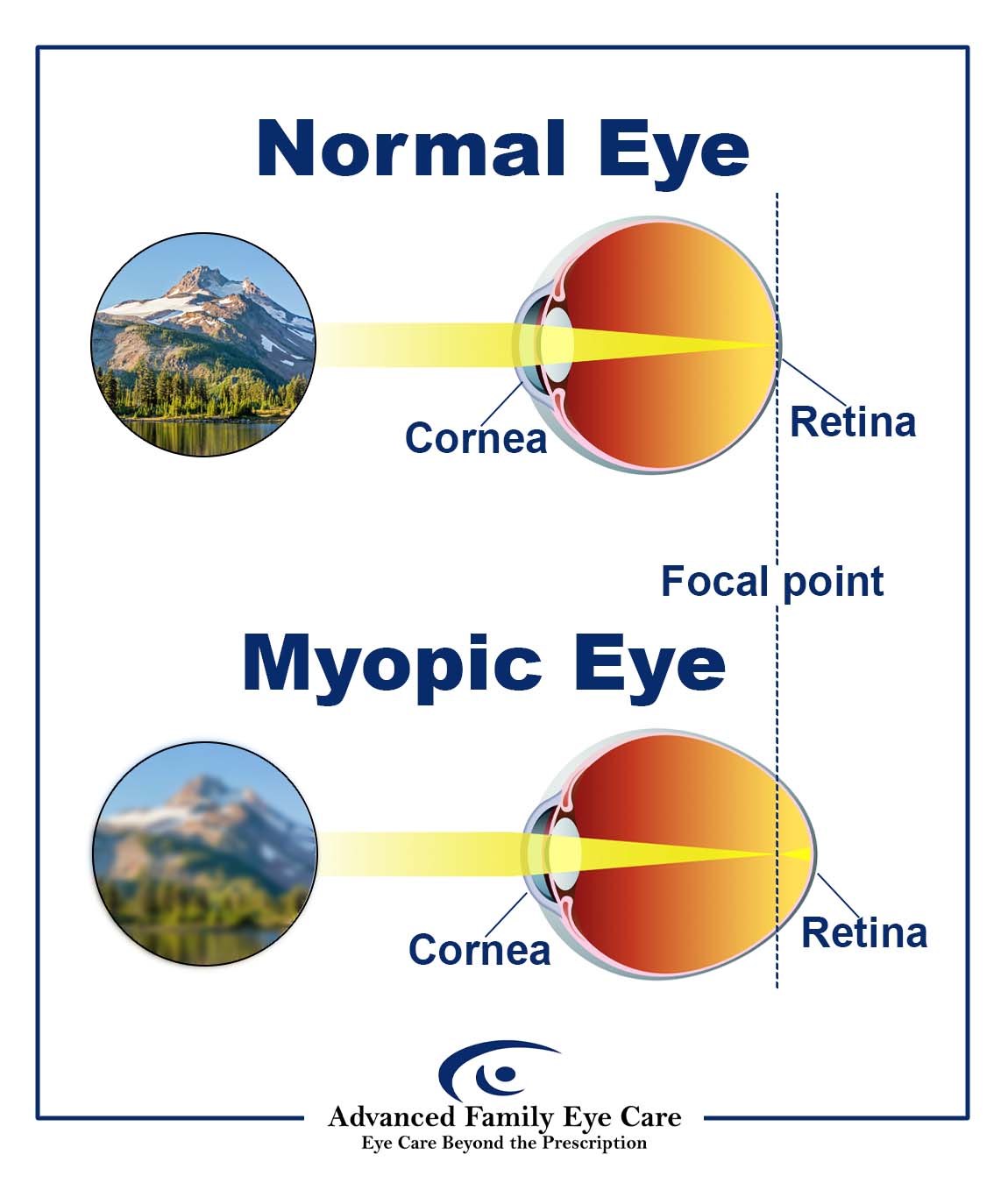
Myopia Nearsightedness Q A W Dr Boyle Advanced Family Eye Care
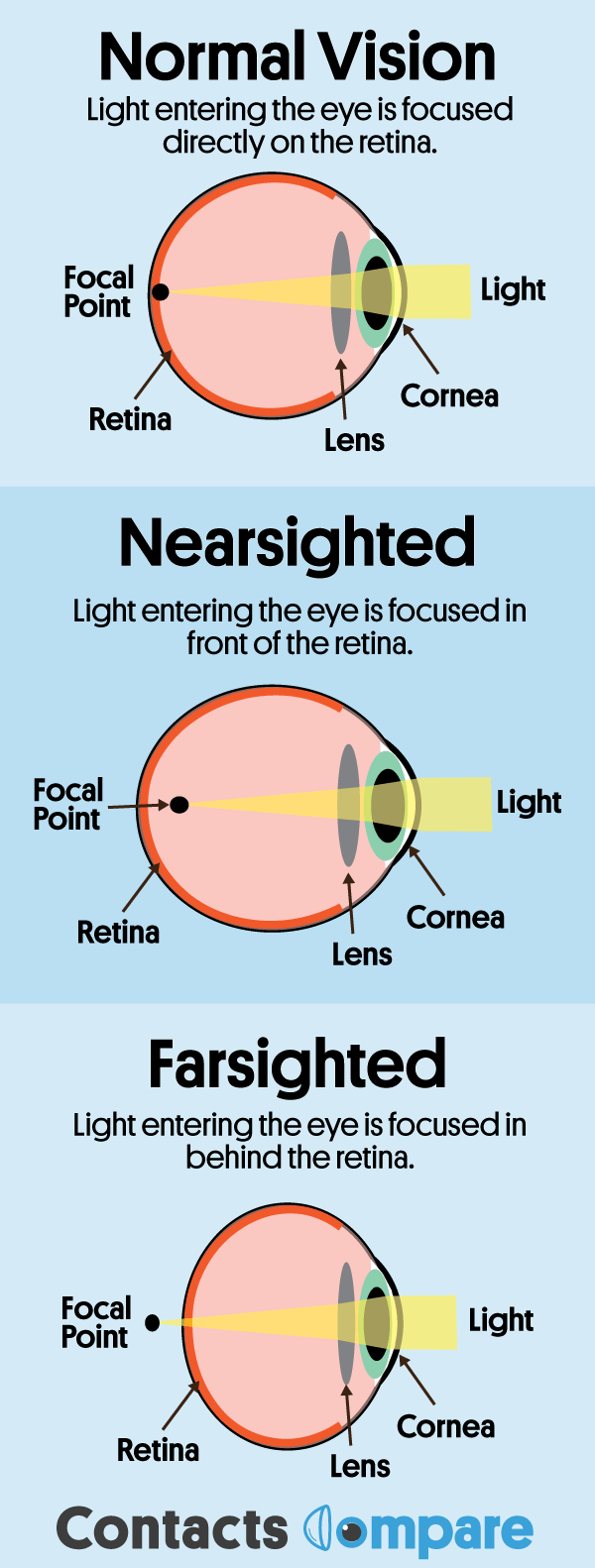
Nearsighted Vs Farsighted Contacts Compare
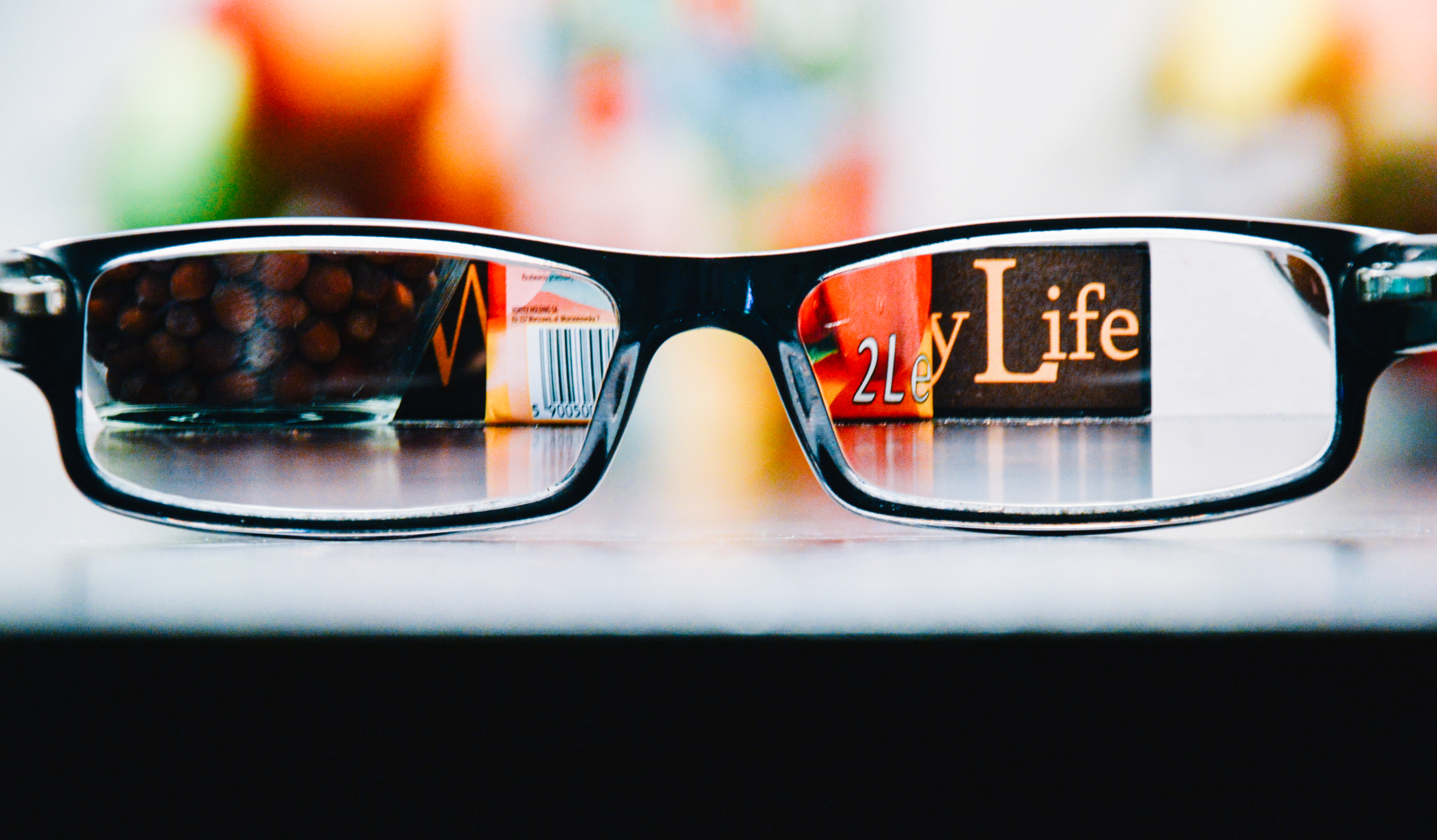
Nearsighted Or Farsighted What It Really Means Infinity Eye Clinic
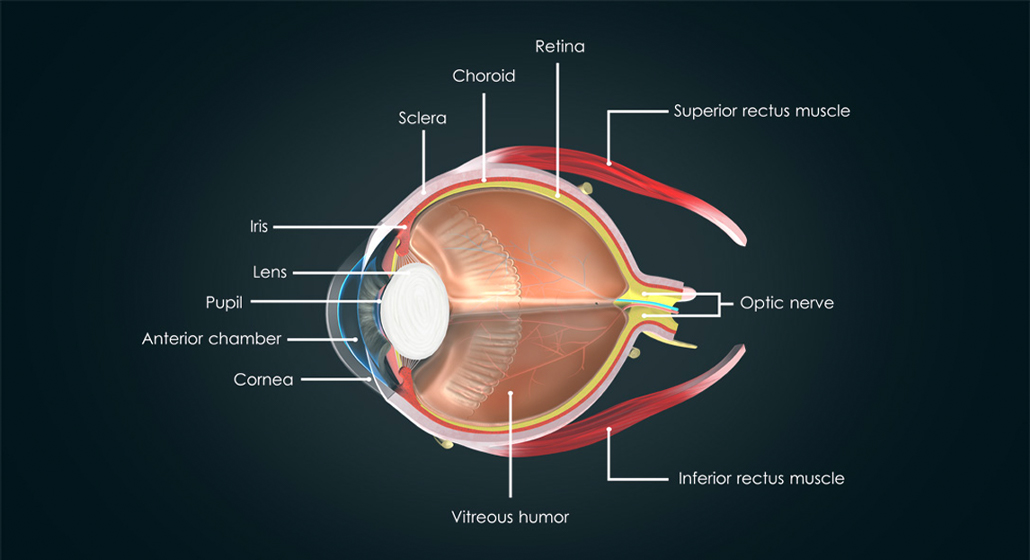
Near Sightedness Vs Far Sightedness What S The Difference
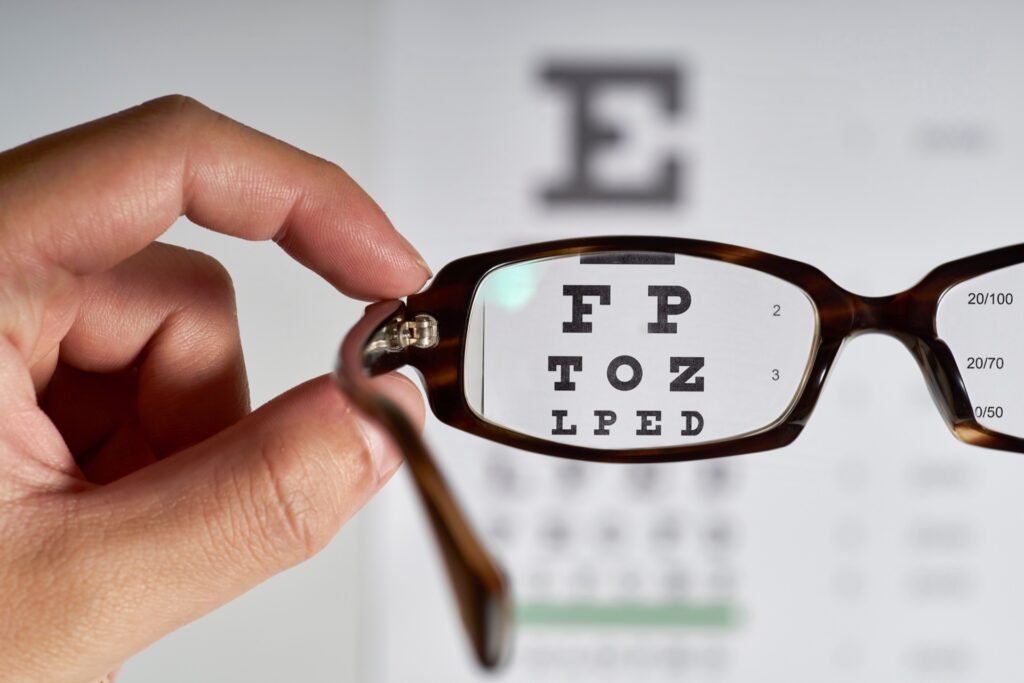
The Main Differences Between Being Nearsighted Vs Farsighted

Eyedeal Optical Dubuque Ia Nearsightedness And Farsightedness Are Very Common But Essentially Opposite Types Of Vision Problems The Biggest Difference Between Nearsighted And Farsighted Vision Is Where Objects Appear
Is It More Common To Be Nearsighted Or Farsighted Not Presbyopia Quora
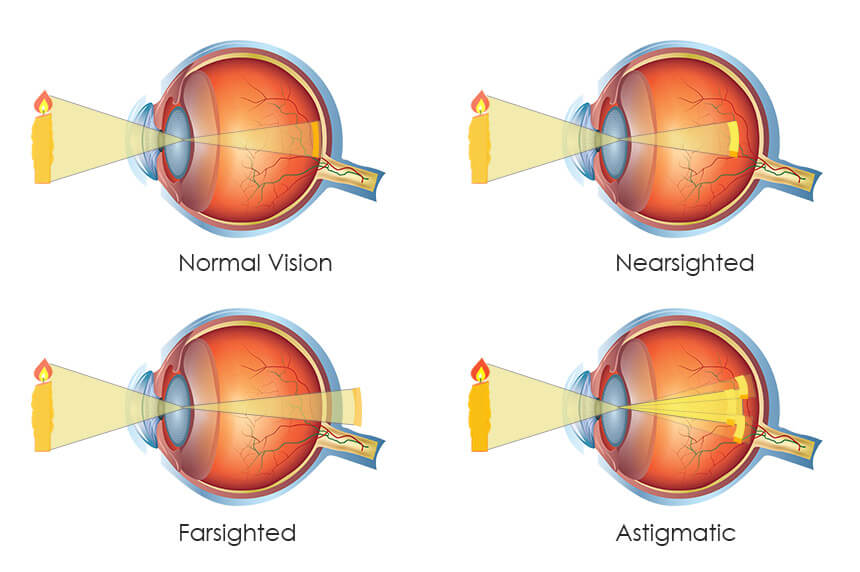
Is It Genetic To Be Near Sighted Far Sighted Or Astigmatic

What Is Nearsightedness And Farsightedness Casa Grande Eye Care
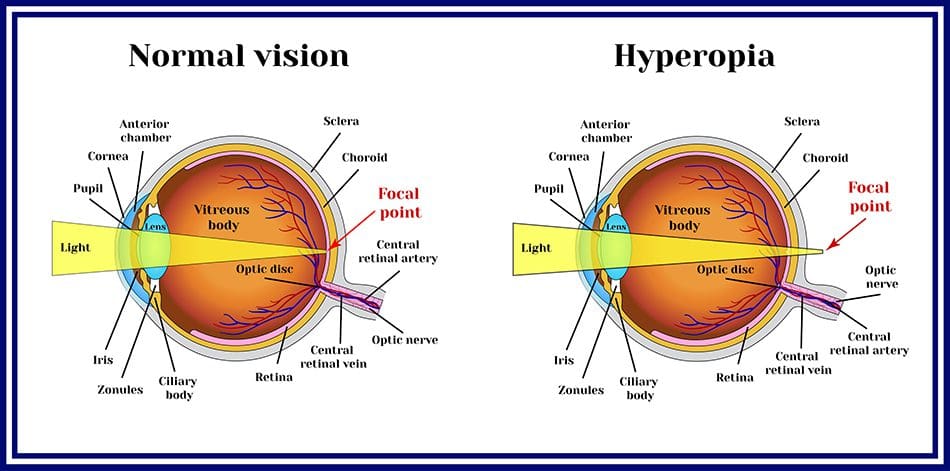
How To Tell If You Are Farsighted 5 Quick Steps Nvision Eye Centers
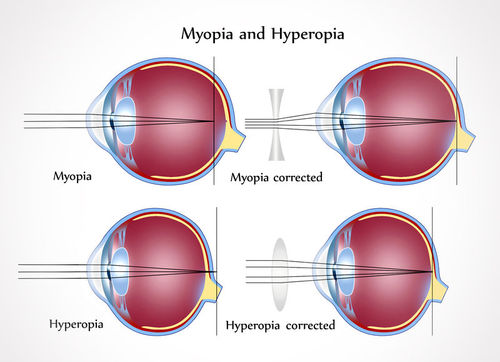
Being Nearsighted Vs Farsighted Which One Am I What Are The Differences